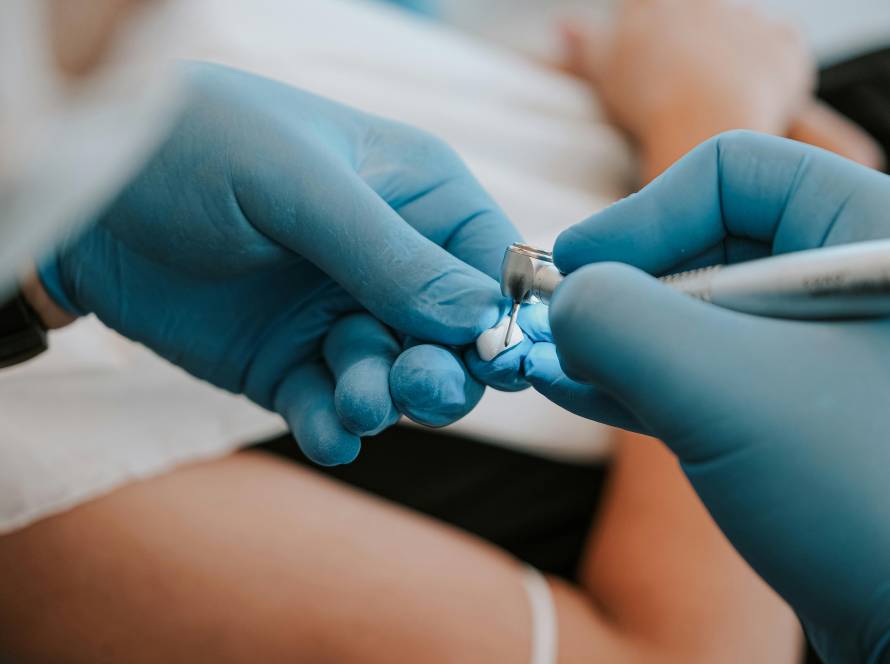Habsburg Jaw The Effect of Genetic Inheritance on Dentofacial Deformities
Throughout history, royal families have made strategic marriages to consolidate their power. However, since these marriages were often between close relatives, they often resulted in genetic disorders. The House of Habsburg is one of the most striking examples of this.
Habsburg family "Habsburg jaw" known as a prominent chin structure, mandibular prognathism is a condition called. This condition protrusion of the lower jaw more than normal and sometimes combined with maxillary deficiency (maxillary deficiency) is characterised by. But is this jaw structure completely genetic? Could consanguineous marriages really trigger this condition?
Scientific Research and the Habsburg Jaw
Research has shown that this distinctive facial structure seen in the House of Habsburg inbreeding (inbreeding) is directly correlated with the number of people in the neighbourhood. University of Santiago de Compostelais a study carried out by researchers from the University of California, Berkeley, consanguineous marriages can cause genetic mutations that change the jaw structure revealed.
Researchers By analysing photorealistic portraits of 15 members of the Habsburg family evaluated the signs of mandibular prognathism in these individuals. In addition, family members genetic family trees and calculated the "inbreeding coefficient" values. The results were quite striking:
- The members of the Habsburg family inbreeding coefficient average 0.093 found.
- Individuals with the most pronounced jaw disorder, at the same time had the highest coefficient of consanguineous marriage.
- Charles IIwas one of the most extreme examples of inbreeding, and not just the jaw structure, infertility, neurological diseases and premature death other genetic health problems.
These findings, shows that mandibular prognathism (prominent lower jaw) is a genetically inherited disorder and becomes more pronounced with inbreeding.
Is Jaw Structure Genetic?
The jaw structure is largely influenced by genetic factors. Mandibular prognathism can be transmitted by an autosomal dominant or recessive gene. If the same recessive gene is inherited from both parents, as in the case of the Habsburg chin, the individual may develop a more pronounced jaw protrusion.
However, environmental factors can also affect the jaw structure. Bad oral habits, early tooth loss or hormonal changes during growthIn addition to the genetic structure of the individual, it can exacerbate jaw deformations.
Conclusion: Habsburg Jaw, Genetic Factors and Orthognathic Surgery
The Habsburg jaw is an important example of genetically inherited dentofacial deformities. Genetic predisposition, coupled with consanguineous marriages, can lead to a range of dentofacial deformities such as mandibular prognathism. defects in the jaw structure may become more pronounced.
Today, Thanks to orthognathic surgery, genetic jaw disorders can be corrected and individuals can have a healthy jaw structure both functionally and aesthetically.. If you're if you have problems with jaw advancement or dentofacial deformity, you can create a personalised treatment plan by consulting an orthognathic surgery specialist.
Investigations, The Habsburg jaw is a genetically inherited dentofacial deformity; for more information I read the article published in Smithsonian Magazine you can examine.
For more information about treatment options for mandibular prognathism and other dentofacial deformities Orthognathic Surgery: Treatment Process of Jaw Disorders You can review our article titled.




